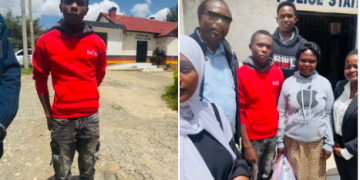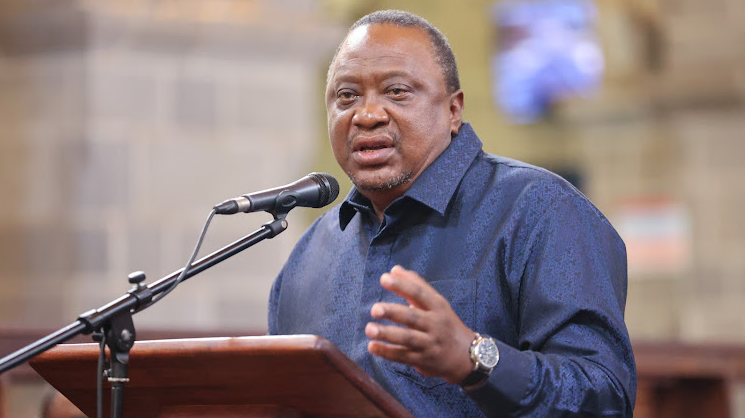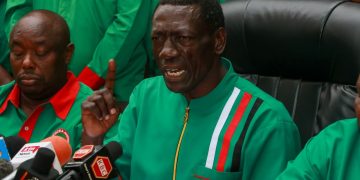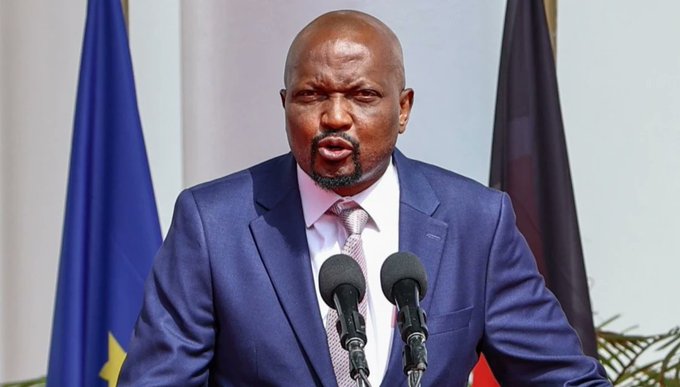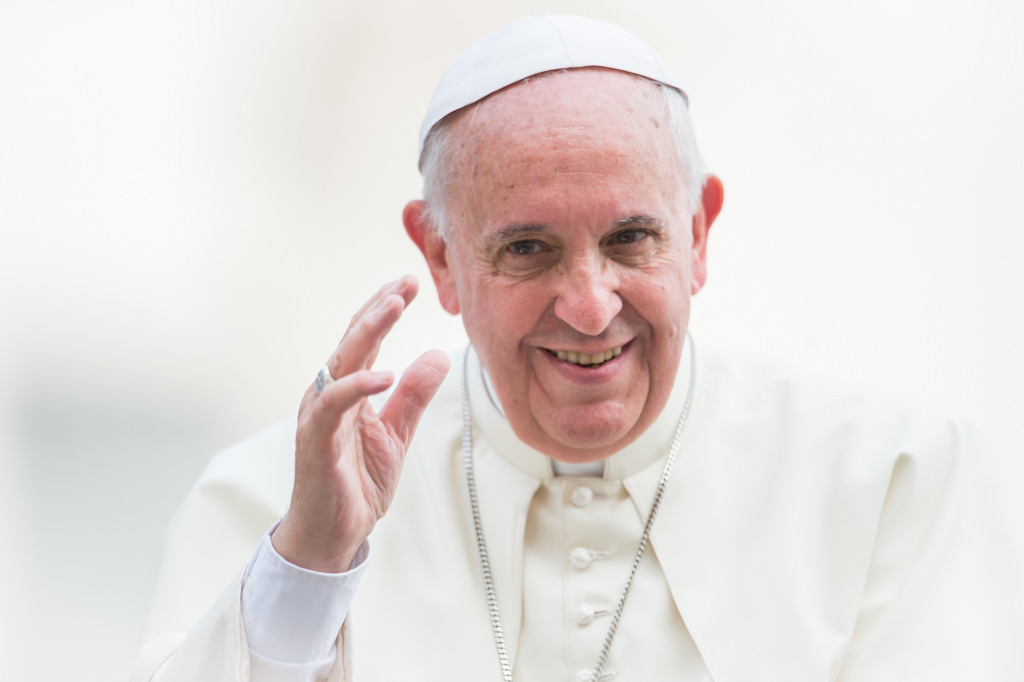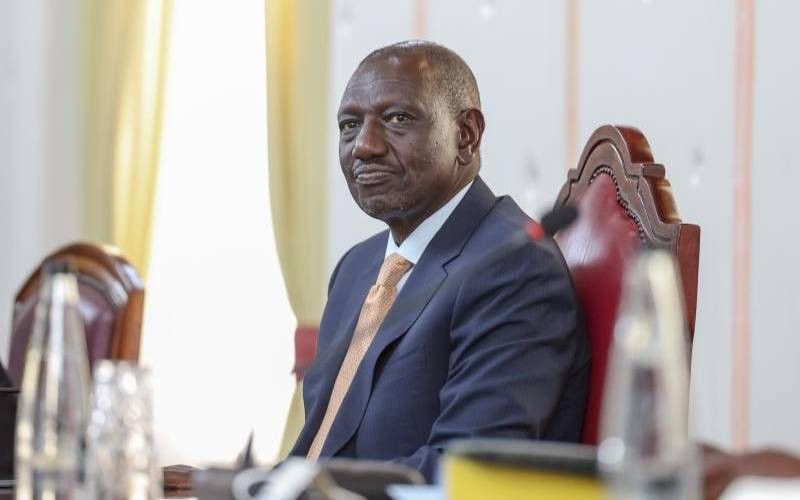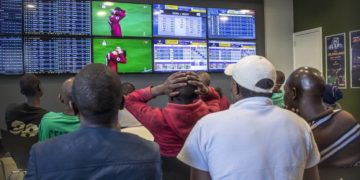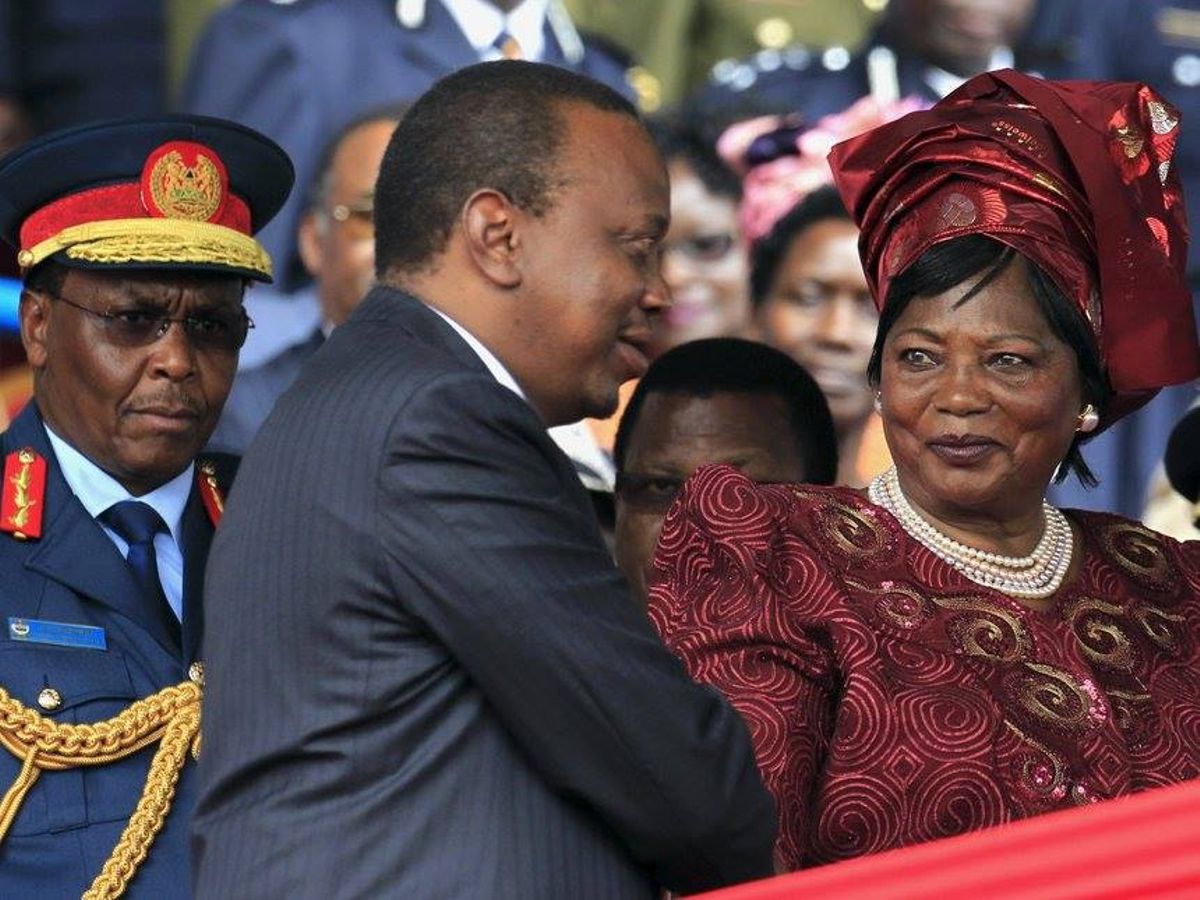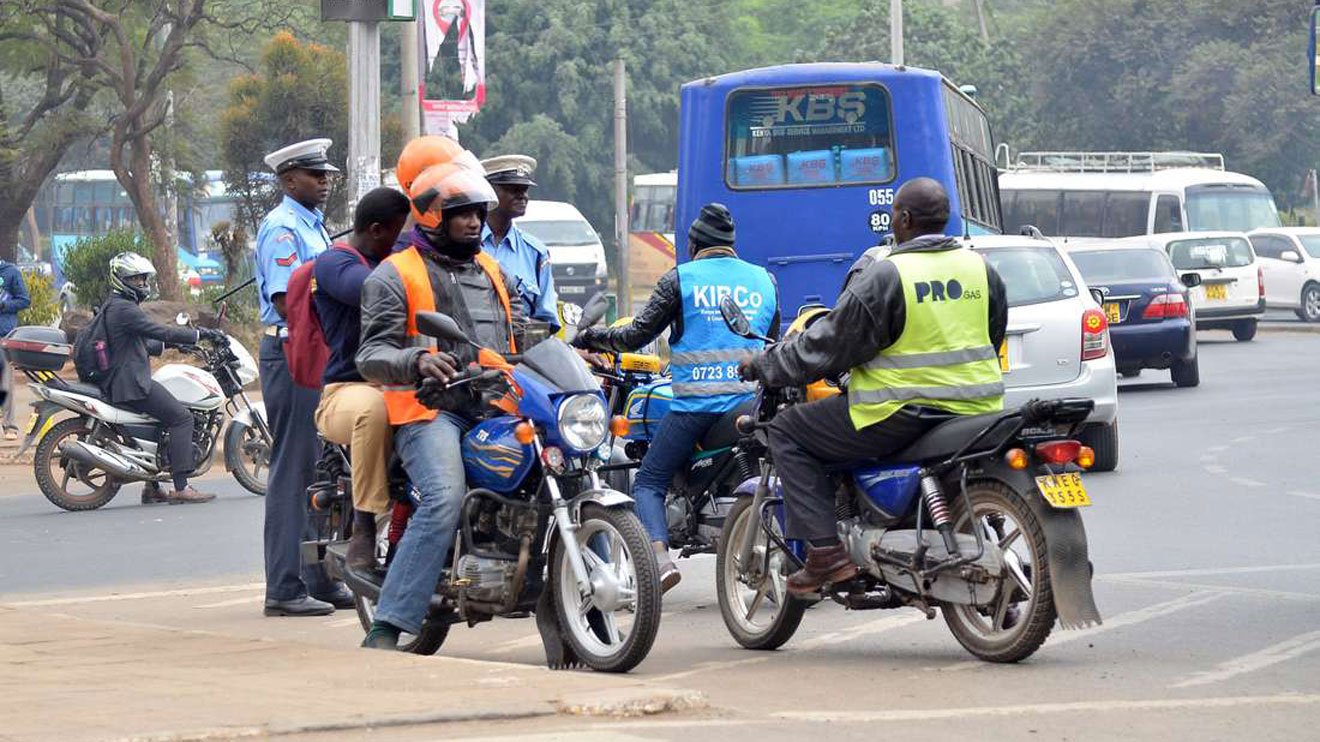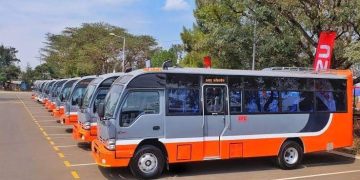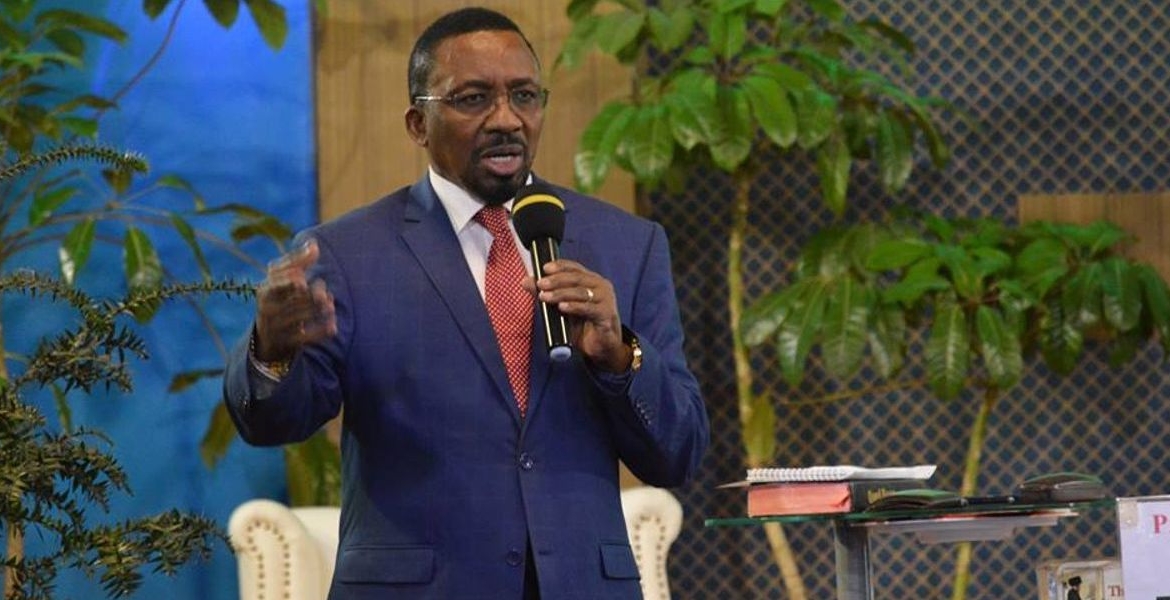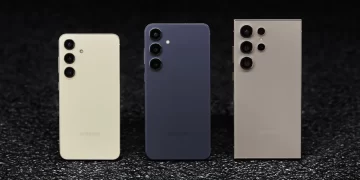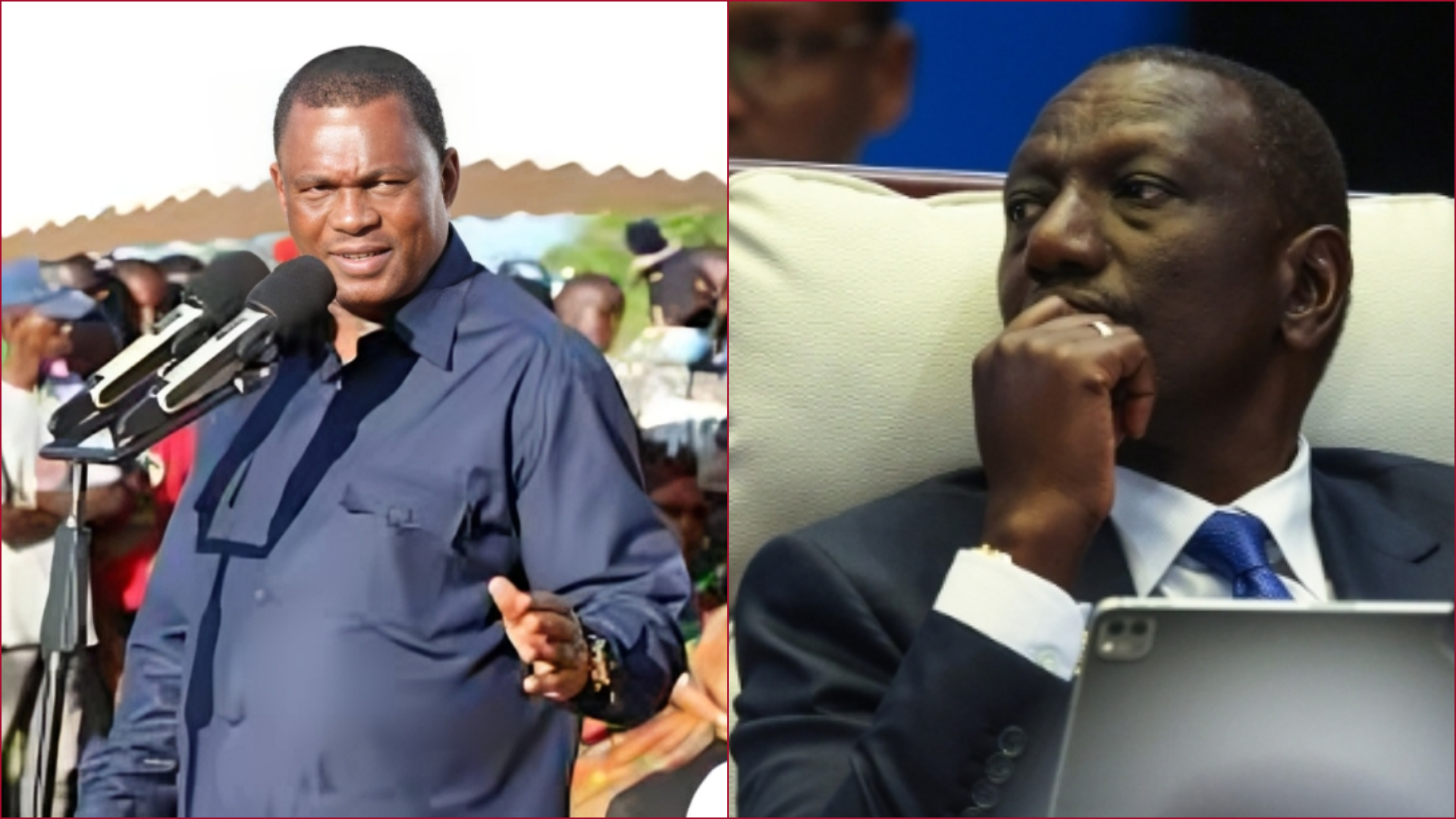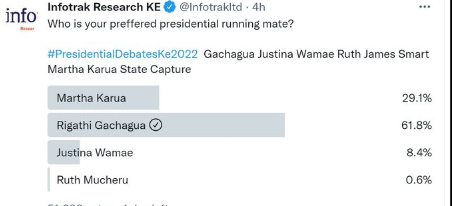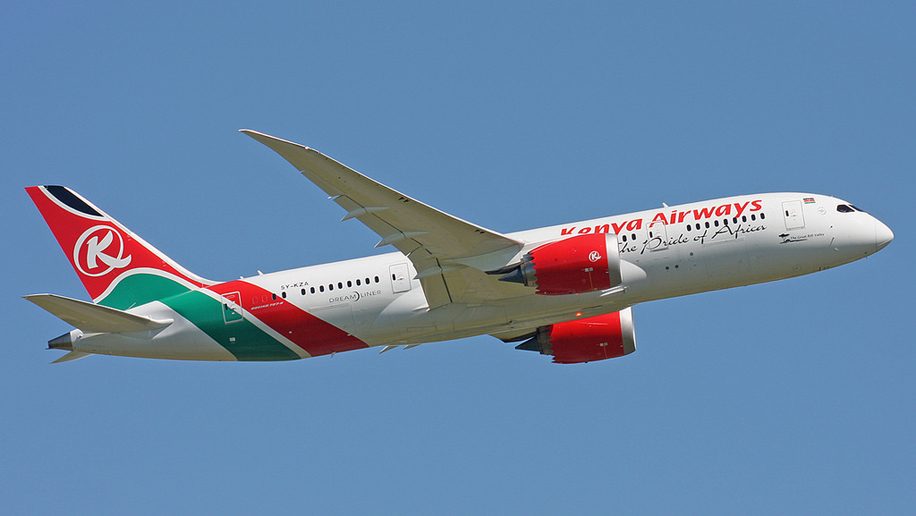In a gripping account, Public Service Cabinet Secretary Justin Muturi detailed the harrowing abduction of his son, Leslie Muturi, and the subsequent events that led to his release.
The incident, which unfolded between June 22 and 23, 2024, has raised questions about security operations in Kenya.
The Abduction Incident
On June 22, 2024, Muturi received a distressing call from Wairimu, Leslie’s wife, who informed him of the abduction.
According to Muturi’s statement, Leslie was kidnapped while with Hon. Mark Mwenje and Marangu Imanyara at a gathering in Lavington.
The assailants, armed and hooded, forced Leslie into a white box Prado.
“The kidnappers forced him into a vehicle and drove off, and she [Wairimu] was unable to reach him on his phone,” Muturi stated.
Hon. Mwenje, who witnessed the incident, later told Muturi that the vehicle had ambushed Leslie’s car at the intersection of Denis Pritt Road and Olengruone Avenue.
“The vehicle that abducted Leslie was a white box Prado, and armed men brandishing AK-47 rifles and wearing hoods had blocked Leslie’s car, opened the driver’s door, and pulled him out while the car engine was still running,” Mwenje reported.
Swift Response
Muturi immediately mobilized senior government officials, including Inspector General of Police Japhet Koome, PS for Interior Raymond Omollo, and DCI Director Mohammed Amin.
He also contacted the National Intelligence Service (NIS) and other agencies.
While the Inspector General initially suspected it might have been a robbery, Muturi insisted that the abductors appeared to be security personnel.
“Based on the information provided by Mwenje, the abductors appeared to be security personnel rather than robbers,” Muturi noted.
CCTV footage from Citizen TV later confirmed that Leslie had been followed by a convoy, including a box Prado and another vehicle resembling a Probox.
The Long Night
At 3:00 AM, Muturi sent a WhatsApp message to President William Ruto, informing him of the situation. However, the President’s phone had malfunctioned, delaying his response.
Meanwhile, a friend from NIS provided a critical lead: Leslie was being held by their operatives.
By late morning on June 23, Muturi escalated the matter, contacting Cabinet Secretary for Interior Prof. Kithure Kindiki.
“Prof. Kindiki expressed shock and assured me he would contact Noordin Haji,” Muturi explained.
Shortly after, Prof. Kindiki called back to confirm that Leslie was in custody. “Noordin confirmed that indeed he was holding my son, and the President instructed him to release Leslie immediately,” Muturi revealed.
Presidential Intervention
Upon meeting the President later that day, Muturi narrated the ordeal. The President, after reviewing the situation, directly intervened to secure Leslie’s release.
“The President joked, asking why anyone would want to arrest a young person over the Gen Z demonstrations,” Muturi said.
Standing outside the pavilion, Muturi overheard the President instruct Noordin Haji to release Leslie. “Noordin responded that Leslie would be released within an hour,” he recounted.
Reunion and Reflection
True to the President’s word, Leslie was released later that afternoon.
“Slightly over an hour later, Leslie called me to say he had been released and was at home,” Muturi stated.
Muturi expressed gratitude to the President and all those who assisted but emphasized the emotional toll the ordeal took on his family.
“This is a true and accurate recollection of what transpired,” Muturi concluded in his statement.
Lessons from the Incident
The abduction and eventual release of Leslie Muturi highlight serious lapses in communication and coordination among Kenya’s security agencies.
Muturi’s detailed account raises important questions about the integrity of operations involving state personnel and the necessity for accountability.
This high-profile incident serves as a stark reminder of the challenges in ensuring the safety and security of all citizens, regardless of status.

